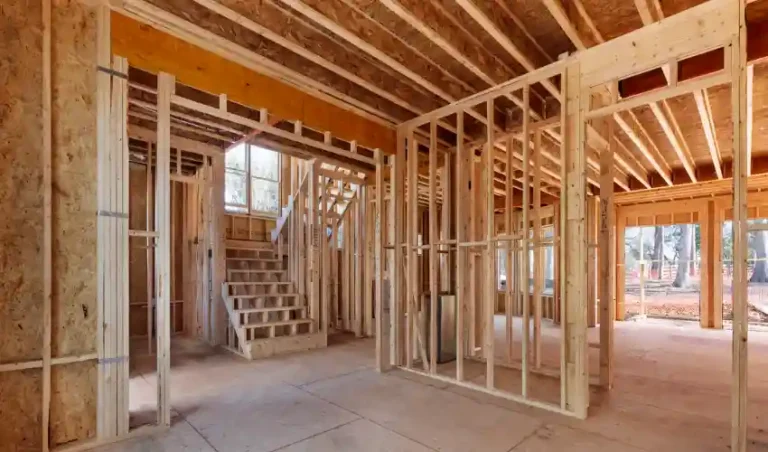Timber frame kits have become increasingly popular among homeowners and builders seeking a combination of aesthetic appeal, structural integrity, and cost-effectiveness. These kits provide a prefabricated solution that allows for faster construction, reduced waste, and a high-quality finish. Whether used for residential homes, cabins, or extensions, timber frame kits offer a versatile building option that blends traditional craftsmanship with modern efficiency. Understanding their benefits can help potential buyers and builders make informed decisions about using them in their projects.
One of the primary benefits of timber frame kits is their speed of construction. Because the components are manufactured off-site, they are precisely cut, shaped, and prepared before arriving at the building location. This reduces the amount of time spent on site and minimizes delays caused by weather conditions. In many cases, the frame can be assembled in a matter of days, allowing for faster completion of the project compared to conventional construction methods. This time efficiency not only benefits homeowners eager to move in but also reduces labor costs and overall project expenses.
Another advantage of timber frame kits is their environmental sustainability. Timber is a renewable resource, and when sourced responsibly, it has a lower environmental impact compared to steel or concrete. Many manufacturers use timber from certified sustainable forests, ensuring that trees are replanted and ecosystems are preserved. Additionally, timber frame construction produces less waste, as the prefabricated components are cut with precision in controlled environments. The energy efficiency of timber frame buildings also contributes to sustainability, as the frames can be designed to accommodate high levels of insulation, reducing heating and cooling requirements.
The strength and durability of post and beam kits are also significant factors contributing to their popularity. Timber, especially when treated and engineered, is remarkably strong and capable of supporting substantial loads. Modern timber frames can withstand extreme weather conditions, making them suitable for a variety of climates. Furthermore, when properly maintained, timber frame structures can last for generations, preserving their value over time. The natural resilience of timber to temperature fluctuations also helps maintain structural stability throughout seasonal changes.
Aesthetic appeal is another major draw for timber frame construction. Exposed timber beams create a warm, inviting atmosphere and add a sense of craftsmanship that is difficult to replicate with other materials. The natural grain, texture, and color of wood bring a timeless beauty to interiors, while also allowing for customization to match individual tastes. Homeowners can choose from a range of timber types, finishes, and architectural styles to create a unique living space. This flexibility in design makes timber frame kits a popular choice for both traditional and contemporary builds.
Cost-effectiveness is an important consideration for many homeowners, and timber frame kits often deliver excellent value. While the upfront cost may be similar to or slightly higher than conventional building methods, the savings come in the form of reduced construction time, lower labor expenses, and energy efficiency over the long term. The precision of prefabrication means fewer on-site errors, which can otherwise lead to costly corrections. In addition, the ability to customize kits to suit specific budgets makes them accessible to a wider range of buyers.
Energy efficiency is another notable benefit. Timber has natural insulating properties, and the design of timber frame kits allows for the integration of advanced insulation systems. This helps maintain comfortable indoor temperatures throughout the year while reducing reliance on heating and cooling systems. Over time, this translates into lower energy bills and a reduced carbon footprint. Many timber frame homes also take advantage of passive solar design, further enhancing energy performance.
Flexibility in design and construction is a further advantage of timber frame kits. They can be used for a wide range of building types, from small garden offices to large family homes. The modular nature of the kits allows for easy expansion or modification in the future, making them a practical choice for growing families or changing needs. The ability to incorporate various materials alongside timber, such as glass, stone, or brick, provides endless possibilities for creative architectural designs.
Maintenance of timber frame structures is relatively straightforward when proper protective treatments are applied. Modern preservatives help protect against moisture, pests, and decay, ensuring the longevity of the frame. Periodic inspections and simple upkeep, such as resealing exposed wood, can keep the structure in excellent condition for decades. For many homeowners, this ease of maintenance is an appealing aspect, as it avoids the constant repairs sometimes associated with other building materials.
In addition to their functional benefits, timber frame kits also offer a sense of connection to nature. The use of natural materials and the visible beauty of wood in the home create a warm, calming environment. This biophilic design approach has been shown to improve wellbeing, reduce stress, and enhance comfort. For those seeking a home that feels both modern and grounded in tradition, timber frame kits provide the perfect balance.
Overall, timber frame kits offer a compelling combination of speed, sustainability, strength, beauty, and efficiency. They are well-suited to a variety of projects, from cozy retreats to spacious family homes, and provide a flexible platform for customization. With their ability to reduce construction time, lower long-term costs, and deliver energy-efficient living spaces, timber frame kits represent a smart investment for anyone looking to build a home that is both practical and aesthetically pleasing. By understanding these benefits, homeowners and builders can make informed decisions that align with their values, budget, and design aspirations.
